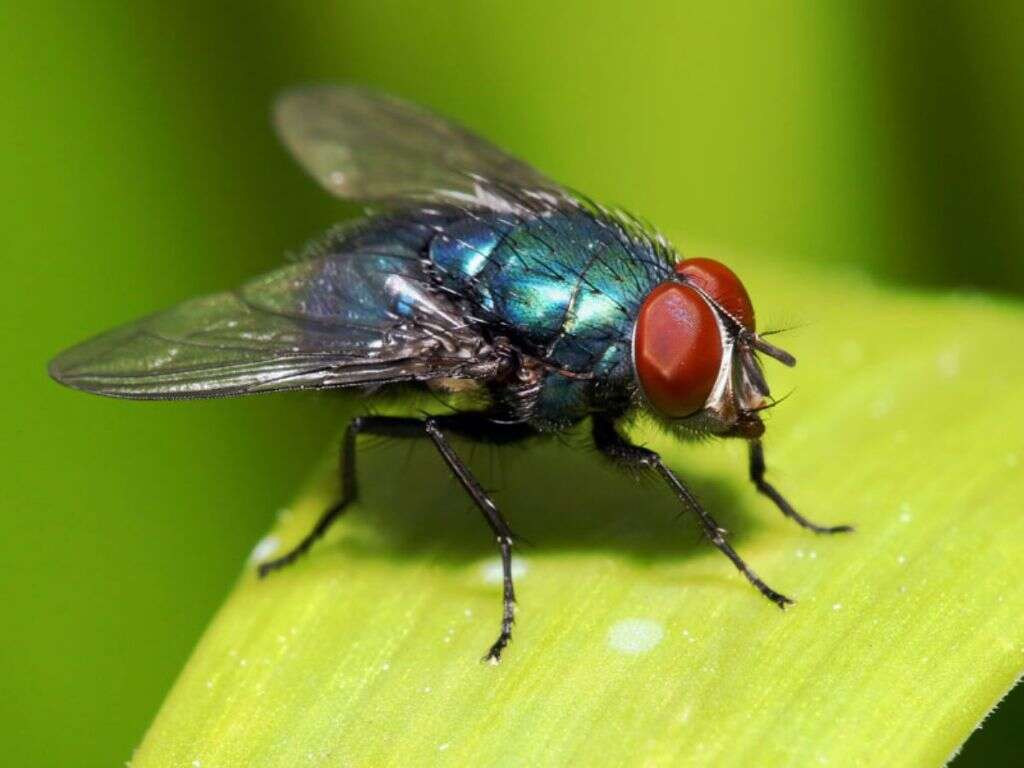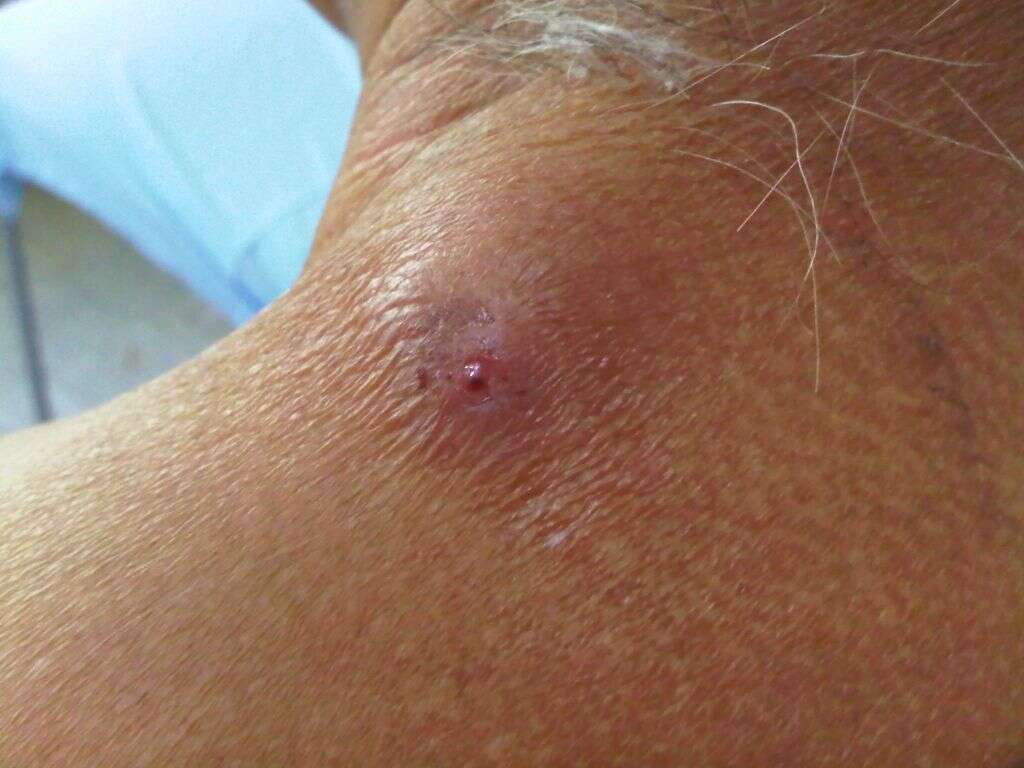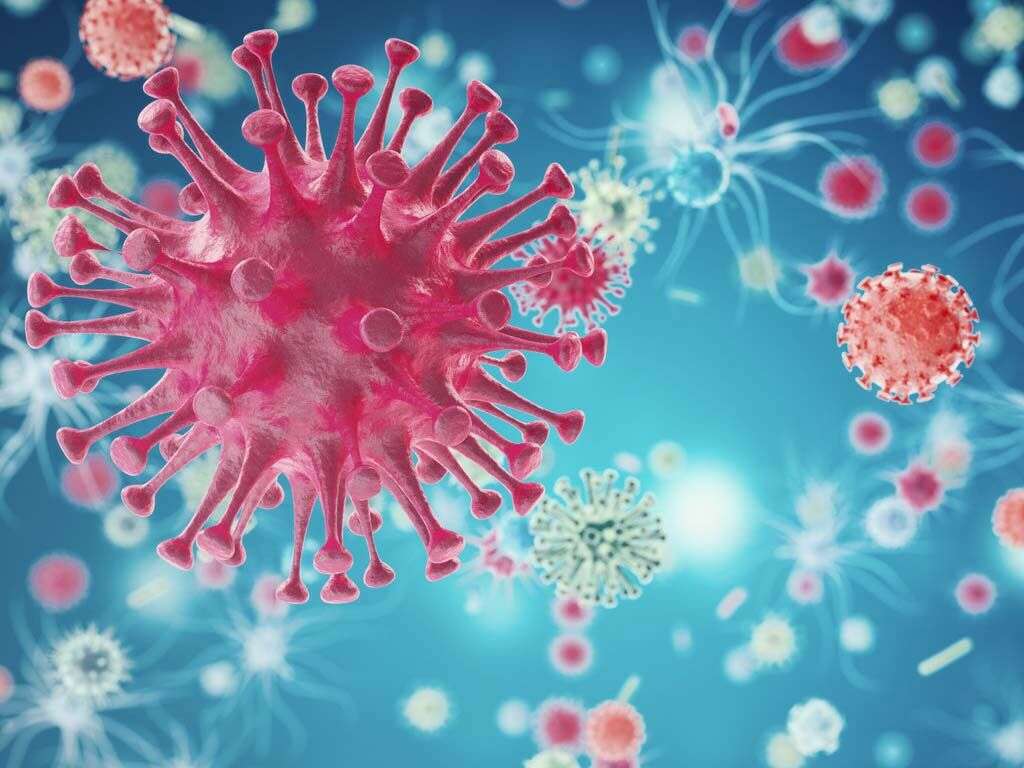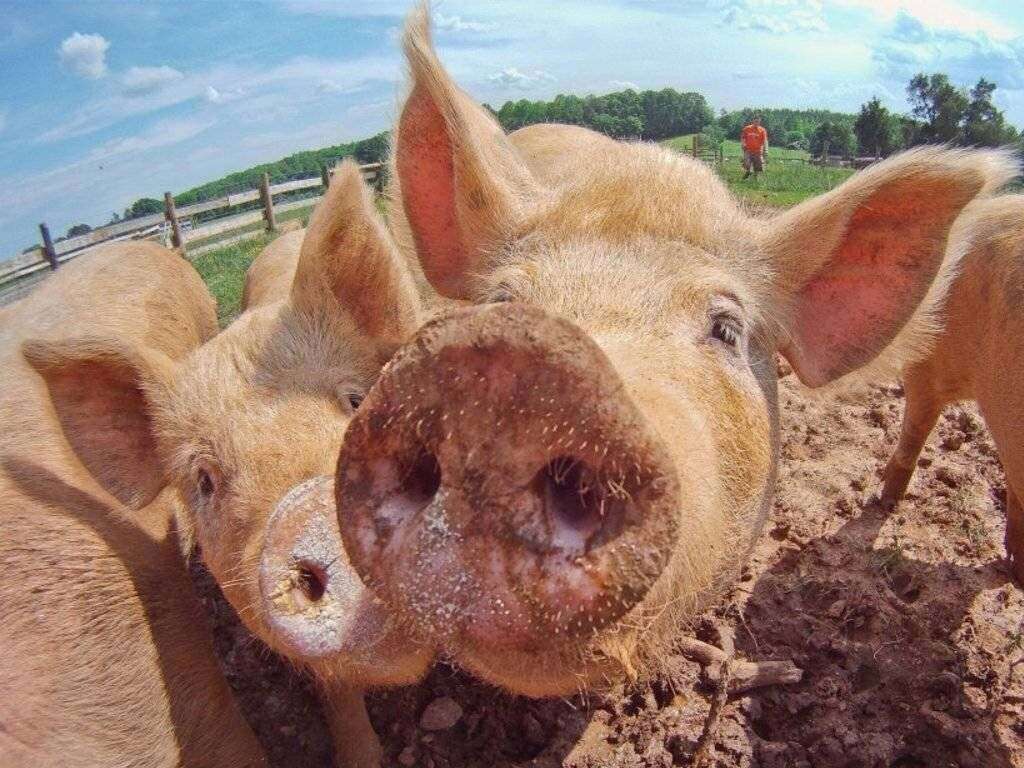What Is Myiasis?
Flies lay eggs that, when they hatch, produce a larvae or maggot. You may be familiar with these bugs or have seen them in dead or decaying carcasses. They can also infect living hosts. In fact, certain species of flies cannot get enough protein for proper development from dead tissue and always choose to lay on a live animal. When this occurs in the skin of a vertebrate, it is called myiasis.
Maggots aren’t all bad. The fact that some species only feed on dead or decaying tissue has been exploited for medical purposes. In a treatment known as maggot debridement therapy, larvae are applied to deep wounds as a painless option for cleaning difficult sores and lesions. However, infection by other fly species can cause medical issues.

1. What Is Myiasis in Humans?
Although the idea is off-putting, myiasis does occur in humans. Certain populations, like elderly, bed-bound individuals and those with open sores, are more likely to become infected.
Myiasis occurs worldwide, but it is much more common in tropical and subtropical regions of the Americas and Africa and the Americas than in most other areas of the world. The most common flies infecting humans are the human botfly (Dermatobia hominis), the New World and Old World screwworms (Cochliomyia hominovorax and Chrysomya bezziana, respectively) and the tumbu fly (Cordylobia anthropophaga).

2. Does It Occur in Other Animals?
Myiasis occurs in many different types of animals. Cows and similar types of livestock are particularly prone to infection by bot flies and screwworms. These species need a living host to feed on as they develop, and they take advantage of open sores or wounds on cows as prime breeding sites.
Cattle are not alone in their susceptibility to maggot infestation, however. Fly larvae can infect most vertebra, and that includes household pets like cats and dogs. In most cases, this is the result of infestation in an open wound, although other sources of transmission are also possible.

3. How Is It Spread?
The only way to become infected is to come into contact with eggs from a fly. Depending on the species involved, flies may utilize different strategies to deposit their eggs onto a suitable host.
Some, like the human botfly, attach their eggs to the belly of a mosquito or other blood-sucking insect. This unwitting partner then deposits the eggs when it lands to feed on a host. Once deposited, the eggs hatch and larvae begin to burrow into the skin. In contrast, the tumba fly lays its eggs in damp soil or on wet clothes hung out to dry. The eggs hatch and then wait to come into contact with the heat of a suitable host.

4. What Are the Types of Myiasis?
Three main types occur in humans: furuncular, wound, and creeping or migratory myiasis. They are classified by the type of fly involved and its method of infection. Creeping myiasis is more common in animals than humans because these flies cannot complete their life cycle in a human host.
Furuncular myiasis is by far the most common form. It is used by bot flies, screwworms and the tumba fly. These larvae hatch and burrow into the skin. In wound myiasis, eggs or larvae are deposited directly into decaying flesh of poorly managed wounds.

5. Can You Prevent Infection?
The best way to prevent infection is to avoid direct contact with insects. This means covering skin with clothing and wearing shoes when walking in areas where myiasis is endemic and using an effective insect repellant.
Wound myiasis can be largely prevented by avoiding getting open sores and performing proper wound care on existing ones. Cleaning of sores and applying coverings can minimize risks. Patients with open sores should not be allowed to sleep without proper window screens in place or outside.

6. What Are Its Symptoms?
For most people, myiasis presents with sores that do not heal properly. These boils may be accompanied by drainage from a central puncture point. In some cases, the end of a maggot may be visible in a wound.
Pain, discomfort, and irritation are common in surrounding tissue. This may be warm to the touch and swollen. Individuals with creeping myiasis often develop a red line that is left as the larvae tunnels throughout their body.

7. How Is Myiasis Diagnosed?
There are two main parts to a diagnosis of myiasis, the first of which is the completion of a thorough medical history. Travel to certain areas raises your risk of infection and can be a good indicator that your symptoms are, indeed, caused by maggots.
Your doctor will also review your symptoms and look for signs that are specific to myiasis. These include ulcers and sores that resist healing, white thread-like objects protruding from a wound, boils with drainage from a central punctum and localized pain and tenderness. Because medical providers in many northern and developed nations are not familiar with myiasis, diagnosis and treatment are often delayed.

8. What About Treatment?
Most treatments revolve around cleansing the affected area and physically removing the larvae, usually under local anesthesia. Since many forms of larvae are covered with minute hooks that allow them to grip the surrounding tissue, they cannot simply be plucked from the sore. Failure to remove the entire infestation often results in secondary infection or death of surrounding tissue.
There are other treatment options. Petroleum jelly, nail polish, beeswax, paraffin, or other oils can be used to block the wound opening and the larvae’s air supply. Once they emerge to the skin’s surface, maggots can be removed with tweezers or forceps. Applying lidocaine to the base of the infestation can result in swelling that pushes larvae to the surface.

9. Are Medications Available?
Physical removal techniques are generally recommended as the most effective treatment for myiasis; however, they not possible in some cases. When an infection occurs in the sinuses, mouth, or nose or around the eyes, treatment with the oral anthelmintic ivermectin is recommended.
Ivermectin is an antiparasitic medication that is commonly used in livestock and other animals. It effectively kills parasites like fly larvae without harming the host. In addition to being a stand-alone treatment, it is given to patients alongside traditional surgical or suffocation techniques to reduce the incidence of secondary infection.

10. What Is the Prognosis?
Luckily, myiasis is a self-limiting condition. Although morbidity is very rare, many people report pain and discomfort in the affected skin. There is also a risk of infection or the development of cellulitis. In some cases, larvae infesting skin around the head and face burrow into the brain cavity, leading to tissue damage and possible death. They may also burrow through fontanels in young infants.
If left untreated, an infection lasts for the duration of the larvae’s life cycle. In the case of the human bot fly, that is roughly five weeks. Once the larvae emerge and develop into flies, the infection is resolved. However, there can be significant psychological trauma associated with an infestation of maggots.












